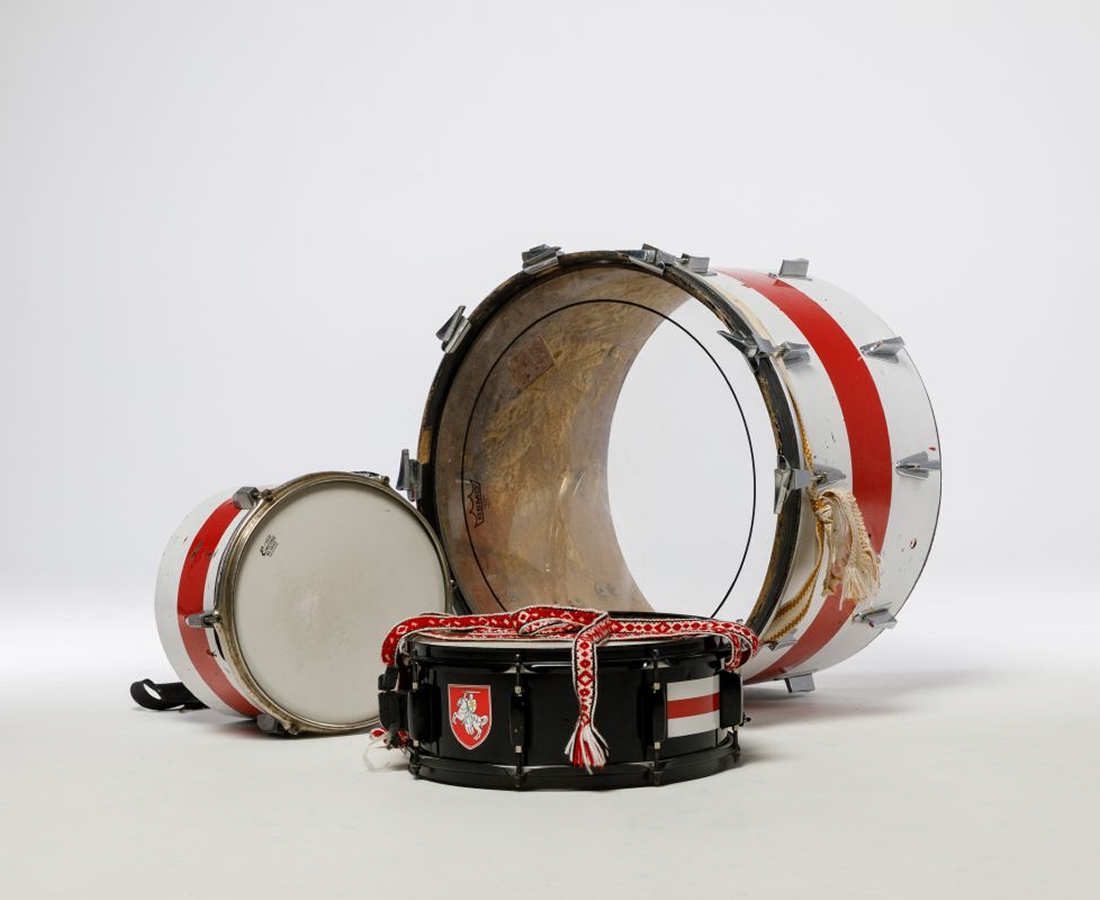
As part of the project, information about 200 objects — including contemporary artworks, documents, photographs, and personal artifacts of participants in the events — will be digitized and published online. Each object will feature a detailed description in three languages: Belarusian, Polish, and English.
The project’s goal is to preserve and make accessible the evidence of Belarus’s recent history, captured in visual and material forms — an effort that is vital not only for historical memory but also for supporting the democratic aspirations of Belarusians abroad.
The plan includes describing 200 artifacts, digitizing and processing the materials — each object will be scanned or photographed in high quality using professional equipment. The result will be an online trilingual catalog (in Polish, Belarusian, and English) with filters, visual previews, and search functions, accessible to the general public.
In addition, the project provides for the creation of a virtual exhibition of museum exhibits and the organization of educational events for participants of the Belarusian Museum Laboratory, aimed at experience sharing, training, and developing recommendations for digitizing cultural heritage.
The project is implemented within the framework of the “Digital Culture 2025” program and co-financed by the Minister of Culture and National Heritage of Poland through the Culture Support Fund — a state special-purpose fund.
Original article: reform.news